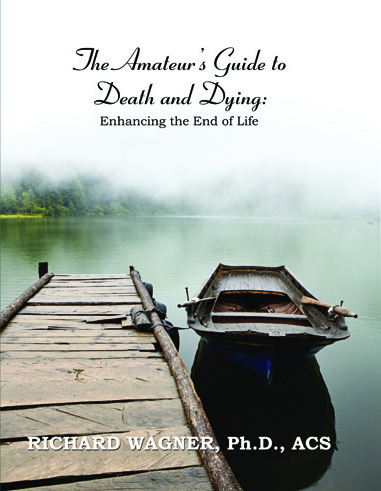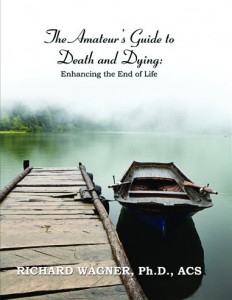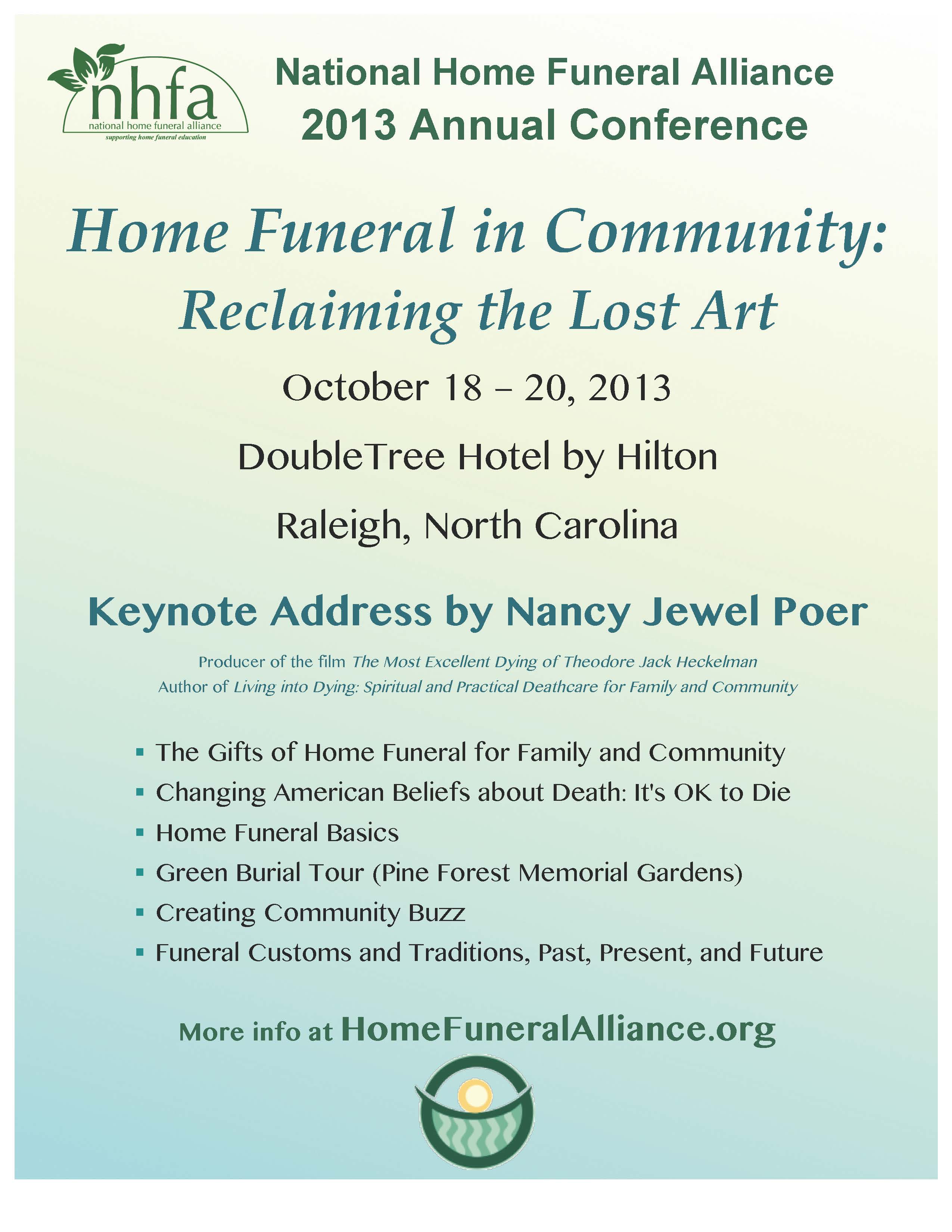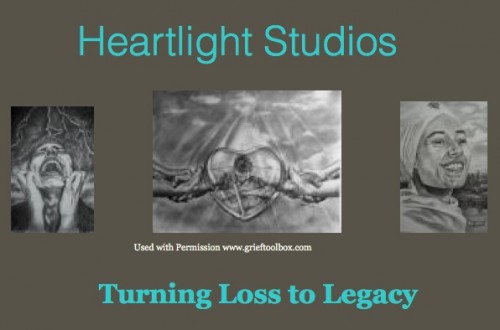The Life Matters Media Connection
I am delighted to announce that I will be contributing a monthly column on the prestigious Life Matters Media website.
This column will be titled: Managing Our Mortality. Here’s what I have to say about it:
We are notorious for ignoring and denying death; we keep death out of sight and out of mind, postponing any serious considerations until death comes knocking at our door. This inevitably leaves us unprepared and frightened as we face our own mortality. We seldom get around to asking ourselves; “Will my death be good? Will it be wise? Will it matter?”
Death is not only a universal fact of life, part of the round of nature; but it’s also a necessary part of what it means to be human. Everything that we value about life and living—its novelties, challenges, opportunities for development—would be impossible without death as the defining boundary of our lives. So planning for the inevitable, especially when death is not imminent, is important work for us all.
To find the inaugural column, titled — A Student Of Death, look HERE!
Happy Independence Day!
Book Review — The Amateur’s Guide to Death and Dying: Enhancing the End of Life
I am delighted to share with you a very thoughtful and reflective review of my book. This review appears in The Natural Transitions Magazine, which is available in both hard copy and E-version. To get your copy visit HERE!
By Lee Webster
What does it mean to die a good death? Sure, we all have a fair idea of the self-explanatory concept, but have we really thought out the nuts and bolts of it? Have we taken the time or made the effort in a clear, compassionate, and all-encompassing way to envision our own end or the end of a loved one?
The Amateur’s Guide to Death and Dying: Enhancing the End of Life is not a book for a good night’s read, cozying up to the fire. In fact, it’s not exactly a book at all in the conventional sense. Wagner begins by introducing the reader to ten characters who make up an imaginary death and dying support group. Each has his or her own baggage, concerns, fears, and life experiences.
In ten weeks—ten chapters—each expresses valuable and, at times, uncomfortable thoughts and feelings to the group, while exploring the issues of death and dying. Wagner then invites the reader to participate in the virtual group, to write in an included workbook, and do check-ins, exercises, and homework that have been designed to stimulate the reader’s personal thoughts and observations while sharing in the struggles and epiphanies expressed by characters in the book.
For many of us, the prospect of facing our own mortality and that of those we love within a real group setting would be excruciating. The Amateur’s Guide makes a fictitious group event into a supported solitary pursuit, allowing the reader to wade through difficult emotional waters at his or her own pace, and to linger with thoughts and insights while simultaneously “observing” the reactions of other participants in the group—all on paper. It’s a unique approach to self-exploration within community.
“All of this,” Wagner writes, “is designed to help make the end of life less of an intimidating process and more of a rich, poignant transition.”
Written in an engaging, deeply human style, the characters come to life through both burdens and revelations. They remind us of the vastly different roles our families play in forming our outlook and capacity for internalizing and coping with our own deaths. They remind us that our historical and cultural context has formed our attitudes towards death and that a renegotiation is required if we are not comfortable with the prevailing messages.
They remind us that as much as we say we live in a death-defying culture, we spend an awful lot of time flirting with death. And that love becomes the intrinsic focus of the death experience—whether love is or was present becomes paramount in defining our relationship to death, both personally and universally.
There is no limit to the reminders provided in this book that will potentially bring readers into sharper consciousness regarding mortality and, more importantly, help integrate a deeper understanding of death into our waking lives through faithful participation in this valuable process.
The many practical (telling someone where to find the keys) and spiritual (are you in a right relationship with yourself, friends, family, God?) topics are presented to help center the reader on what is important in the moment to mindfully prepare for death. The exercises Wagner offers are worth the time and effort. After all, what other resource is likely to provide an opportunity to write your own obituary?
Lee Webster writes from her home in the White Mountains of New Hampshire. She is a frequent public speaker on the benefits of home funerals and green burial, a freelance writer, conservationist, gardener, quilt maker, and hospice volunteer.
Contact Lee at
turningleafhomefunerals@gmail.com
Be sure to visit our colleagues at Natural Transitions and support their work.
Farewell
Rest In Peace
June 16, 1999 — May 17, 2013
Goodbye beautiful, sweet, and noble companion.
You enriched my life immeasurably.
HURRAY! It’s The Vernal Equinox
Mitch Carmody’s Review
I’m honored to share with you a remarkable new review of my book by an equally remarkable man, Mitch Carmody, CGSP. He is the author of Letters to My Son, turning loss to legacy.
The Amateur’s Guide to Death and Dying: Enhancing the End of Life
By Richard Wagner, Ph.D., ACS
I found Dr. Wagner’s book to be an incredible expose’ on the processes and mythologies of death and dying in a modern world. It was wonderful, refreshing, educational and enlightening, as well as entertaining.
The colorful cast of round table characters that he created from a compilation of real life people is quite remarkable; by the end of the book I had my favorite personas that I could not wait to hear from. The book engages you right from the get go and maintains that momentum throughout its pages. It made me laugh, it made me cry; it validated and put into simple words so may ideologies that I subscribe to in processes grief and facing one owns mortality.
This book is perfect for those individuals that may not like to attend or who are unable to attend a support group. For people faced with their own impeding death, this book is a brilliant concept. It allows for group interaction without actually being present.
This book is not only great for the dying and terminally ill but for caregiver, family and clergy who serve their needs. I highly endorse it and would recommend it to anyone seeking theological enlightenment. We are all amateurs when it comes to death and dying, for ourselves or those whom we love. Reading this book gives one encouragement to step outside the box of accepted social mores about death and dying and I believe can truly enhance the end of life for those faced with their own death. A great read for anyone; not one of us will escape from the eventual reality of our own death or those whom we love. This book can prepare us.
Mitch Carmody, CGSP
Author of Letters to My Son, turning loss to legacy
Creator of Proactive Grieving ©
www.heartlightstudios.com
www.proactivegrieving.org







